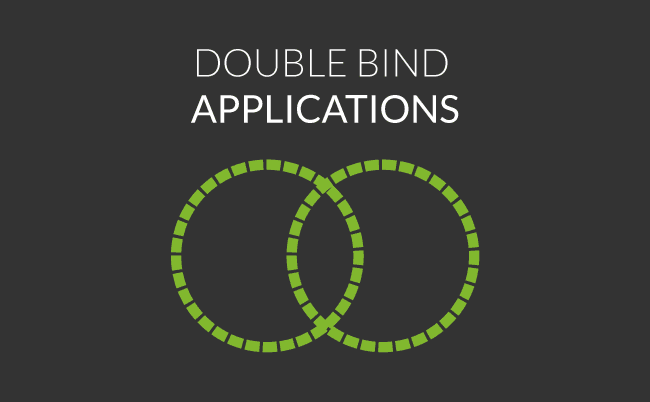Double Bind; Network or applications, which is to blame?
Are you ready? First of all, I want you to not think of an elephant. An African or an Indian elephant, it makes no difference which one you don’t picture in your mind, just don’t imagine a large, grey land mammal, notorious for its prodigious memory, long trunk and big flappy ears.
If you’re like me, the first thing you did was to imagine an elephant. This kind of self-contradictory, unresolvable message creates a logical short circuit, and produces what Gregory Bateson was the first to term a “double bind”. Bateson was referring to mental and emotional states, but the terminology has passed over into the world of IT and network monitoring.
In the IT world, when networks and applications are so bound up together, and something goes wrong, it is difficult to disentangle the connections and identify where the fault lays.
DO NOT READ THIS!
SHOW INITIATIVE!
BE SPONTANEOUS TOMORROW!
First step: investigate your network
Always a good place to start, even though the problem may be somewhere else. To carry out diagnostics on the workings of your network use deep packet inspection to inspect and analyze packets for the type of data they contain, their origin and destination. DPI ought to be able to tell you if the problem is on your network, or at least to allow you to eliminate network issues from your list. Apart from this essential purpose, DPIs can warn about malware, prioritize and/or monitor network traffic, or, in this case, to identify critical applications which could be impacting negatively on your network. If it’s a network problem, go to step 2, solving the problem, otherwise, you can rule out a network issue and proceed to diagnosing your application stack.
Applications have different functions although they usually work harmoniously, forming the base of the system, and ensuring everything ticks along smoothly. However, this makes isolating the offending application all the more complicated, as they are so interconnected.
To find a solution to this problem you have to know how each application is related in the stack, including all the components that ensure their correct functioning. This is where your database comes in and the storage systems that make up the infrastructure, giving you global oversight of your applications, and their history.
Running manual diagnostics on your infrastructure or your Cloud-based resources is impossible. Nevertheless, a good monitoring system like our own Pandora FMS will give you the oversight and information control necessary to locate and solve problems the moment they are detected.
Of course, the best way to solve any kind of problem, is to know when it’s coming down the pipe and be able to anticipate it and rely on automated actions, or alerts, incase of fails, slowdowns or errors, and be able to respond quickly. It won’t be possible in every case to anticipate errors but in this case it’s possible to mitigate the negative consequences evaluating the financial implications of shutting down the network to perform repairs or application changes. Keeping your eye on the bottom line might not be your number one priority as a systems administrator, but your CFO will appreciate it. If you follow our tips for identifying the source of a double bind, you are sure to save time, money, increase your network security and restore your clients’ peace of mind, as well as your own.
Pandora FMS’s editorial team is made up of a group of writers and IT professionals with one thing in common: their passion for computer system monitoring. Pandora FMS’s editorial team is made up of a group of writers and IT professionals with one thing in common: their passion for computer system monitoring.
















